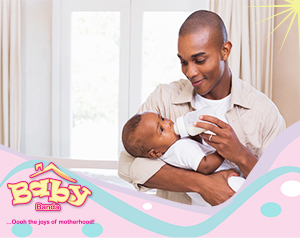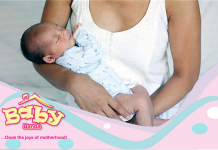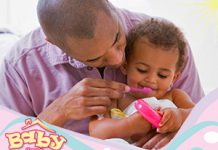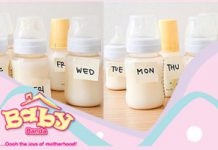Cup Feeding
You can choose to cup feed your baby which is usually the recommended way as it has the following benefits:
• Easy to clean with soap and water and does not need to be boiled to be safe to use.
• Cups are less likely than bottles to be carried around for a long time giving bacteria time to breed thus associated with less risk of diarrhoea, ear infections and tooth decay.
• You must supervise a cup feed so the baby is not left alone with the cup thus ensuring safety.
• A cup does not lead to nipple confusion which can interfere with suckling at the breast.
• A cup enables a baby to control his/her own intake of milk.
How to Cup Feed
• Wash your hands.
• Hold up the baby in an upright or semi-upright position on your lap depending on their age.
• Place some milk into the cup.
• Hold the small cup of milk to the baby’s lips. Tip the cup so that the milk just reaches the baby’s lips. The cup rests lightly on the baby’s lower lip, and the edges of the cup touch the outer part of the baby’s upper lip.
• Ensure that the baby is alert and opens his mouth and eyes. You will notice the baby starting to take the milk with the tongue by lapping it or sucking it and they may spill some of it.
• Please ensure that you DO NOT POUR the milk into the baby’s mouth. The baby should have control. Your job is to tilt the cup and the baby takes the milk by themselves. Just hold the cup to their lips.
• When the baby has had enough, they close their mouth and will not take any more. If they have not taken the calculated amount, they may take more next time, or you may need to feed them more often.
• Keep a record of how much the baby takes over a period of 24 hours.
Bottle Feeding
You may opt to use a bottle. It is important to consider the highest standard of hygiene as bottles have been linked to incidences of stomach infections leading to diarrhoea and vomiting.
Here are a few tips on using the bottle:
• Don’t wait too long to introduce the bottle. Try and introduce your baby to the bottle at around 6 weeks. By this time your baby has mastered breastfeeding so the bottle is less likely to interfere with breastfeeding. Waiting too long may result in a baby who refuses the bottle.
• Have someone else give the bottle. Your baby will always prefer your breast as they smell you. You may have to leave the room or even leave the house.
• Try different nipples. You may find that your baby might prefer a particular size, length of nipple and flow rate of milk.
• Always wash the bottle and nipple thoroughly and either boil or sterilize after to ensure proper hygiene. Keep the bottle covered and try and use a fresh bottle per feed.













